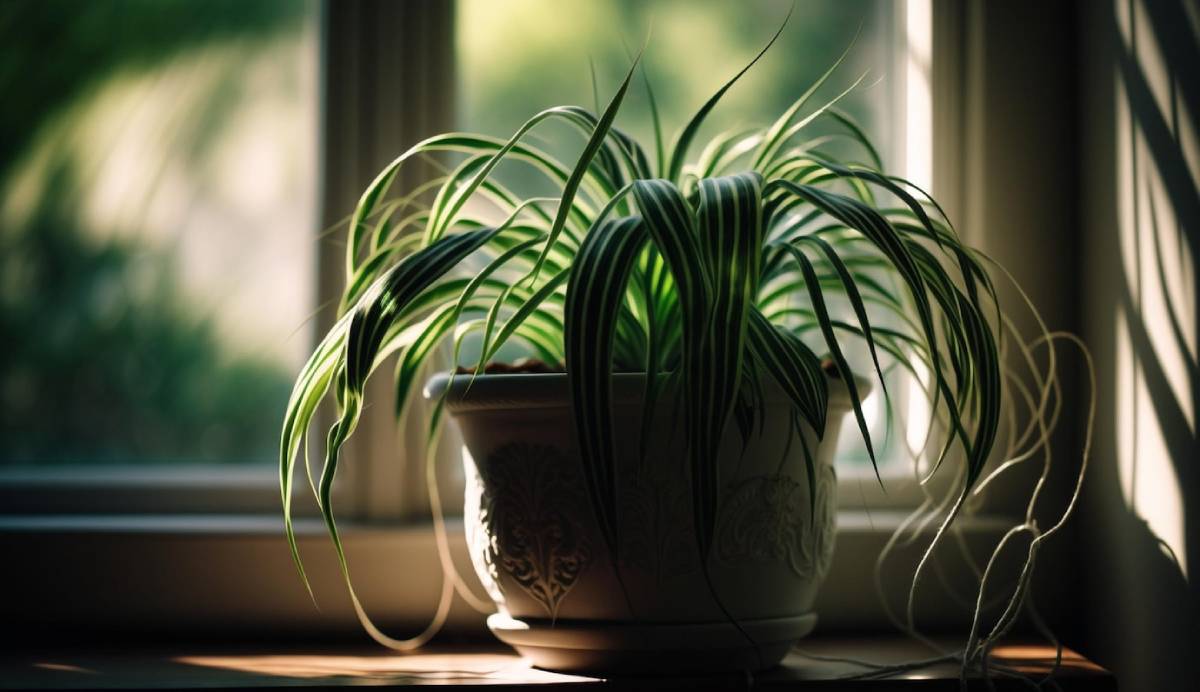
Choosing Pet-Safe Plants for Your Home and Garden
A home filled with plants is soothing, vibrant, and beautiful—but not all greenery is friendly to your furry companions. Many common houseplants and garden favourites can be harmful if chewed, licked, or ingested. For pet owners who love gardening, the good news is that there are plenty of pet-safe plants to enjoy without compromising your pet’s wellbeing.
Whether you’re decorating a windowsill or landscaping a garden, gardening with pets means thinking about more than soil and sunlight. This guide will help you choose safe greenery, avoid hazardous species, and create a beautiful space where both plants and pets can thrive.
Why Pet-Safe Plants Matter
Dogs and cats explore the world with their mouths. Curious pets might nibble leaves, dig in the soil, or bat at hanging vines. Ingesting even small amounts of some plants can lead to symptoms ranging from mild stomach upset to serious toxicity—especially in cats, who are particularly sensitive to many common varieties.
Symptoms of plant poisoning in pets include:

- Vomiting or diarrhoea
- Drooling or foaming
- Loss of appetite
- Lethargy or weakness
- Seizures (in severe cases)
By selecting pet-safe plants, you minimise the risk of accidental poisoning and make your living environment more secure.
Common Toxic Plants for Pets
Before we get to the safe options, it’s important to know what to avoid. The following plants are popular in homes and gardens but are known to be toxic to cats and/or dogs:
- Lilies (extremely toxic to cats)
- Aloe vera
- Pothos (Devil’s Ivy)
- Sago’s palm
- Dieffenbachia (Dumb cane)
- Oleander
- Foxglove
- Philodendron
- Yew
- Cyclamen
If you already own any of these, place them in pet-inaccessible areas or consider removing them altogether.
Best Pet-Safe Plants for Indoors
Creating a lush, safe indoor oasis is possible with the right choices. These houseplants are generally non-toxic to cats and dogs, according to the ASPCA:
Spider Plant (Chlorophytum comosum)

- Easy to care for and excellent at air purification.
- Safe for pets, though some cats may be drawn to chew the leaves.
Areca Palm (Dypsis lutescens)
- A pet-safe palm that adds tropical flair without the worry.
- Needs bright, indirect light and regular watering.
Calathea (Prayer Plant)
- Known for its beautiful patterned leaves.
- Non-toxic and a perfect fit for low-light homes.
Boston Fern (Nephrolepis exaltata)
- A classic hanging plant with feathery fronds.
- Likes humidity and indirect sunlight.
Peperomia
- Compact, easy to grow, and available in a wide range of leaf shapes and colours.
- Completely safe for curious pets.
African Violet
- A flowering plant that adds a pop of colour to windowsills.
- Low-maintenance and safe for both dogs and cats.
Pet-Safe Plants for the Garden
When gardening with pets, it’s important to make sure your outdoor space is as safe as it is beautiful. These outdoor plants are generally considered safe:
Sunflowers
- Tall and cheerful, sunflowers are safe and loved by bees and birds too.
- Ensure stems and seeds are not mouldy before allowing access.
Marigolds (Tagetes)
- Known for their pest-repelling properties and bright colour.
- Mildly fragrant and generally safe, though large quantities could cause an upset stomach.
Snapdragons
- Add height and drama to borders with no risk to pets.
- Thrive in cooler temperatures and well-drained soil.
Bamboo (Non-invasive types)
- Provides privacy and a chew-safe option for dogs who love sticks.
- Choose clumping varieties to avoid a garden takeover.
Herbs like Basil, Thyme, and Rosemary
- Aromatic, pet-safe, and useful in the kitchen.
- Can be grown in pots or directly in the soil.
Tips for Gardening with Pets
Maintaining a balance between greenery and pet safety means being proactive and thoughtful.
- Check before you plant: Always verify whether a plant is toxic to pets before adding it to your home or garden. The ASPCA website and local vets are great resources.
- Train curious pets: Use positive reinforcement to discourage chewing or digging. For cats, provide alternative greenery like cat grass.
- Use barriers or elevated planters: Hanging baskets or high shelves keep indoor plants safe from mischievous paws.
- Avoid chemical fertilisers or pesticides: Choose pet-safe alternatives to protect both your plants and your pets.
- Create designated pet zones: Provide your dog with a digging pit or shaded area, or set up a window perch and scratching post for your cat so they’re less likely to disturb your greenery.
Cat-Friendly Greens and Treats

If you want to offer your cat something safe and satisfying to nibble on, try:
- Cat grass (usually wheatgrass): Helps with digestion and provides a satisfying chew.
- Valerian root or silvervine: Safe alternatives to catnip that provide stimulation.
- Catnip (Nepeta cataria): Fun and safe in small doses; can be grown in pots indoors or out.
These options satisfy natural urges and may reduce the likelihood of your cat investigating other, less suitable plants.
What to Do if Your Pet Eats a Toxic Plant
If you suspect your pet has ingested a toxic plant:
- Remove any remaining plant material from their mouth or fur.
- Identify the plant—take a photo or sample with you.
- Call your vet immediately or contact a pet poison hotline.
- Avoid inducing vomiting unless directed by a professional.
Prompt action can make all the difference in preventing serious illness.
Final Thoughts: A Garden Both Pets and People Can Enjoy
Creating a green space doesn’t have to come at the cost of your pet’s safety. With a little planning and knowledge, you can choose pet-safe plants that add beauty and life to your home without worry.
By avoiding toxic plants for pets and focusing on safe, enriching choices, you create a peaceful and secure environment that encourages exploration, play, and rest. Gardening with pets becomes not just a hobby—but a shared lifestyle.


